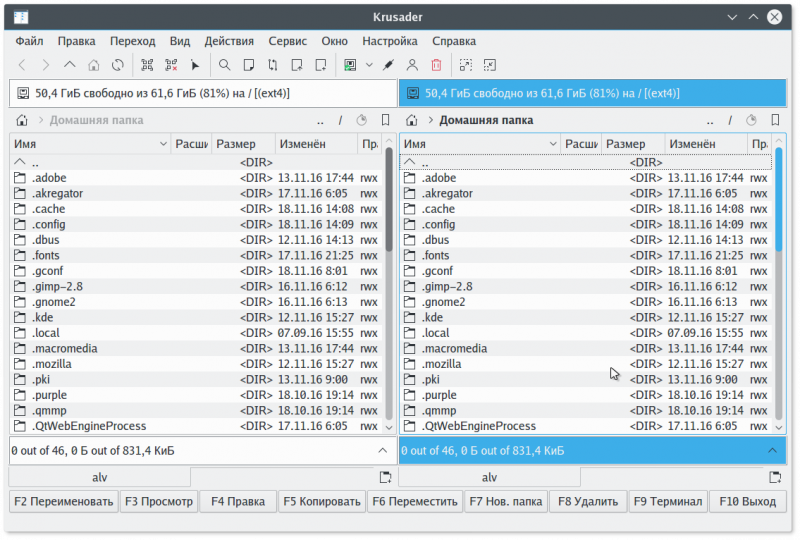

Step 8: Copy the CA Root certificate and import it in the proper Certificate Store of the OS/Application Read the manual of the Web Server / Application to install SSL certificates. Step 7: Install the Certificate / Private Key on your Web Server / Application Openssl x509 -req -in MyRequest.csr -CA CAPrivate.pem -CAkey CAPrivate.key -CAcreateserial -extfile openssl.ss.cnf -out M圜ert.crt -days 365 -sha256

Step 6: Generate the Certificate using the CSR Step 5: Create extensions file to specify subjectAltNameĬreate an extensions file named: openssl.ss.cnfįile Contents of openssl.ss.cnf (replace *.mydomain.tld with your domain): basicConstraints=CA:FALSE Openssl req -new -key MyPrivate.key -extensions v3_ca -out MyRequest.csr Openssl req -x509 -new -nodes -key CAPrivate.key -sha256 -days 365 -out CAPrivate.pem Openssl genrsa -des3 -out CAPrivate.key 2048 I used Raspberry Pi OS (bullseye) to create the SSL certificates. Medium – Create your own Certificate Authority Mozilla Wiki – SecurityEngineering/x509Certs The following guide creates a Self-Signed SSL Certificate for internal use with a validity of 1 year.


 0 kommentar(er)
0 kommentar(er)
